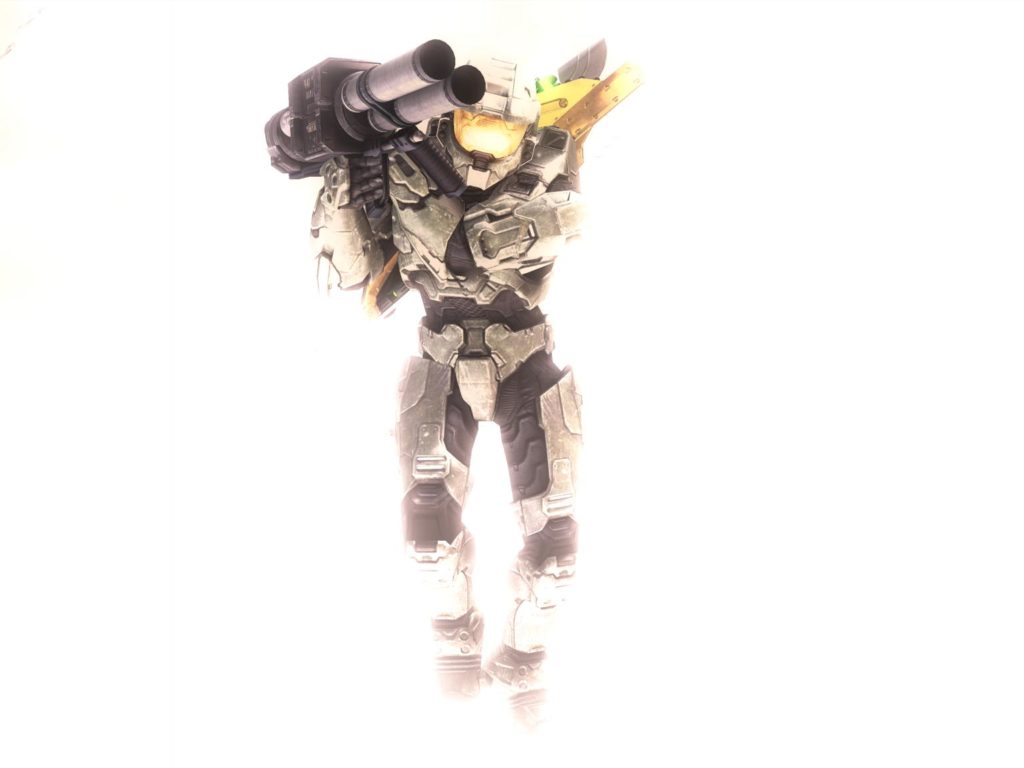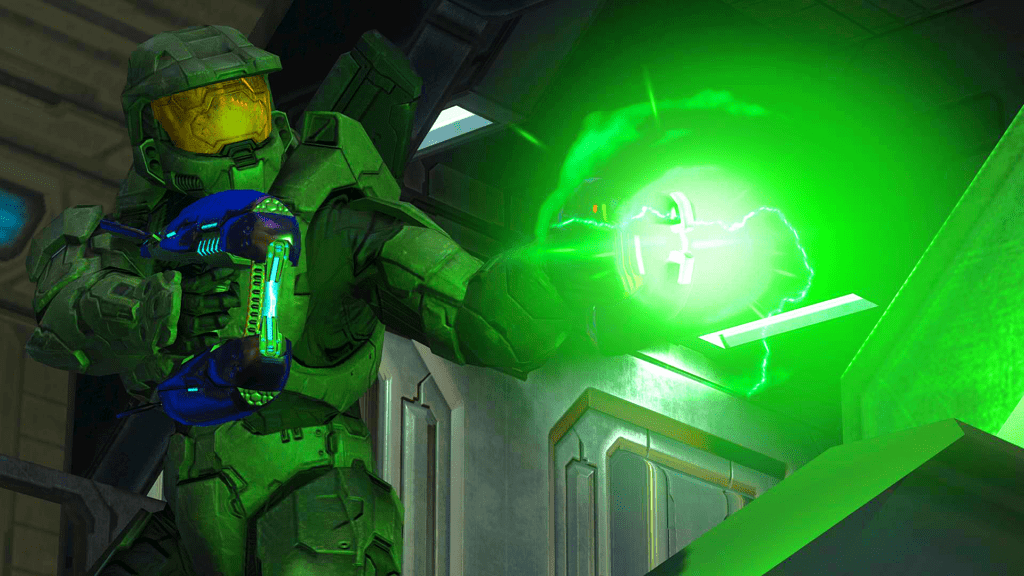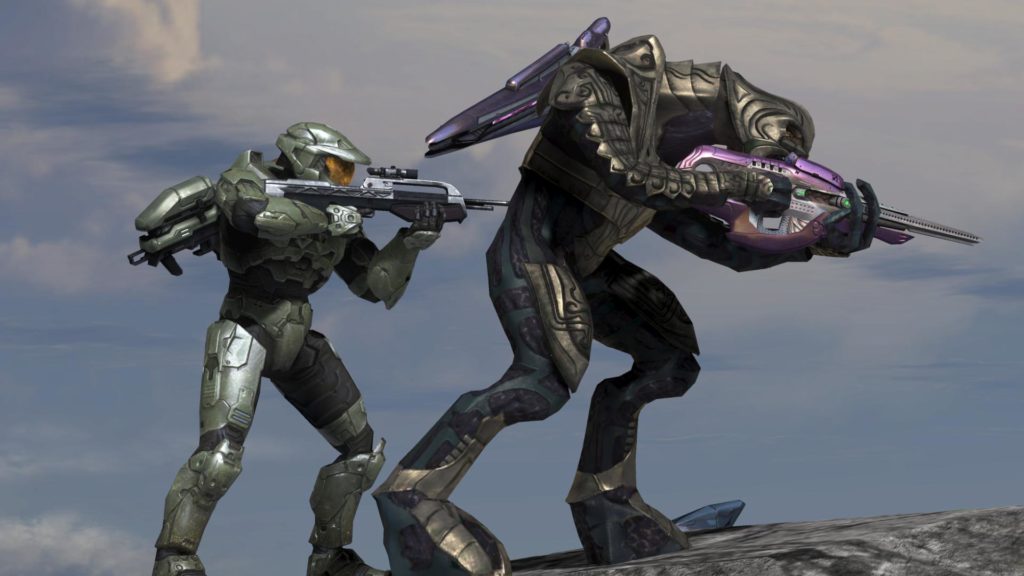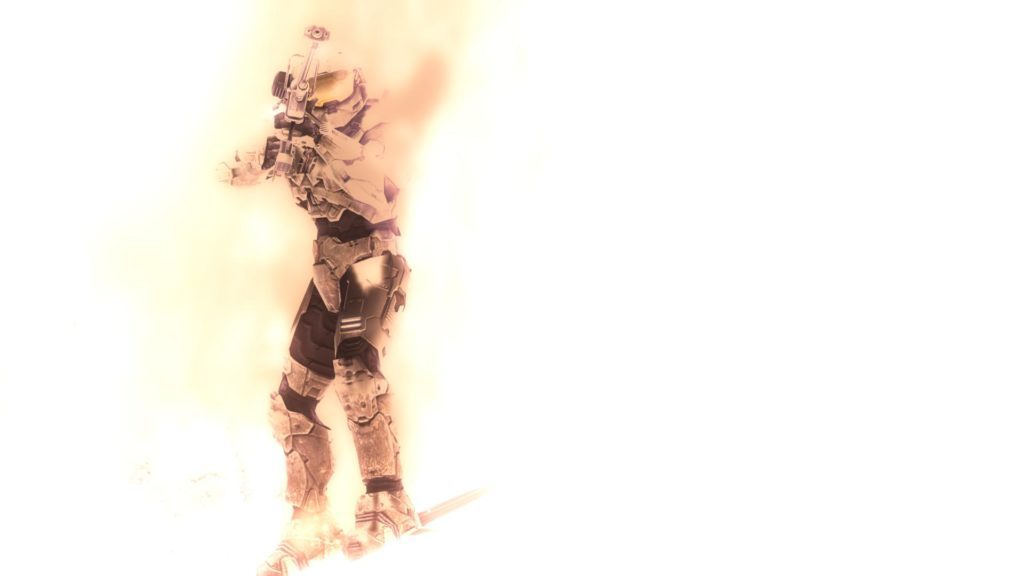Cover Image Credits: commorancy
The first summer past had been lost without a shade of remorse. It was where I wanted to be for those few weeks free of schoolwork and responsibility – averting my gaze for a moment if only to watch the warm light pass through the blinds and glide across the windowsill. My room at a glance was a mess of juiced-stained glasses, empty game cases and poor cable management. Days back then would begin with the dust-ridden cable modem willing its dotted lights into life, and end with the running of my palm across the bristly static field of my old CRT monitor. Leaving the house behind for a while would always meet with the same inevitable consequence; the pile of bikes stacked at the front door was a telltale sign.
Those echoing voices would greet every boot-up. I’d hear them, but I never really stopped to listen. For a long while, multiplayer reigned, with the competitive culture of myself and my classmates dictating that anything else be put on the back-burner indefinitely. Halo 3 took hold of me and never loosened its grip, and it did so without imparting its whole. Still suspended in the distance was the conclusion to a story arc that I knew nothing about, yet wanted desperately to be a part of. The chants would commence a languid camera-crawl across a desolate, devastated land. Things seemed bleak here, as if the game’s events had already played out through the small blue window into this uniquely foreign world. The voices soon gave way to silence. And after the silence, came the strings.
The unheard words of hope rang out as the soothing hymn reached its peak, diminished, and started over once more. This glimpse, this fragment of contextless melody that emboldened the devastation was enough for me. I didn’t know the beginning, but I knew that I wanted to see the end. Before the novels, the sequels, the prequels, the spin-offs and the fall came the rise. This is where it started for me. A chorus, a school holiday and a guy called John.
Like the empowering tones that cling to it – both audible and not – Bungie Studio’s Halo 3 tells a story that lauds perseverance. Palpable are its grand ironies: The Prophet of Truth being the ultimate deceiver; the titular fight not quite being finished; the Ark, as much of a tool of creation as it was one of purposeful destruction. And deeply rooted still is humanities role as the descendants of almost imperceptible creators. To cut it apart however is to forego the examination of the game’s religious lore or the theories derived from the overanalyses of terminals. Halo 3, at its purest, is the Master Chief’s pursuit of his AI companion Cortana, and his ensuing role within the battles and the wars that encompass the last days of humanity. It’s perseverance that warrants a fight for existence in a galaxy that seems determined to purge you from memory. It’s perseverance that drives John 117 to find his friend.
The Master Chief character is a much reiterated blank slate; a tool from which the player may derive their own opinions and formulate unique ideologies based on their own interpretations of the story. Here he was – the Spartan, a tool bred for war that permanently sat at the forefront of the Halo plot. And yet we never saw the whites of his eyes bleed red as he barked instructions to a platoon of Marines in his charge. We never saw his eyes at all. He wasn’t meant for that. John 117, in spite of the power armour carapace, the specialist training and the favour of the elite was not above any of them. He was their equal. And to describe him as a mere vessel within the context of the Halo narrative is to discount the impact behind his implementation.
Spartan 117 is an anchor-point that reins in the contrasting aspects of the Halo 3 story: the grounded military defence of Earth, and the space-faring assault on Halo. He’s a Marine foremost, fighting to quell an eradication of his species. But he’s also a pathfinder – one who, even with a lack of understanding, is willing to traverse galactic installations and parasite-infested carriers all in the name of his home. He’s a grunt charting the black loam in the name of salvation – a hand of Admiralty cast willingly into the unknown. It’s why at no point the Master Chief feels out of his depth or purposeless. The vessel is more of a conduit in this sense. A significant warrior of an insignificant species sewing seeds of hope with every spent magazine and rifle thrust.
Bolstering a UNSC garrison as the man in the four-hundred kilo power armour would leave Marines craning their necks upwards to try and catch a glimpse of themselves in his golden visor. Before Chief arrived, the firefight had been raging for hours. His intervention had brought it to an end in minutes. He was a demon in the eyes of the Covenant – unnaturally twisted into his larger form, a ghost story that rang out with hisses and curses through the ranks of the Sangheili and Jiralhanae alike. His life prior to abduction didn’t exist anymore, his training kept on ONI black books. The only aspect of the Chief that existed was his prowess in battle. He was a superhero created by villains to be exactly what humanity required. His entire life was an apparition. There were few who saw John as only Cortana did, and in Halo 3, the player is one of them. The armour is still there, but there are cracks of vulnerability present that suggest Chief and Cortana are intertwined by fate. They let her pick, after all.
Halo 3 is your culmination as this very spectre, and the application of the Chief is handled with an appropriate sense of gravitas. He is motion personified – a tireless warrior of unwavering focus, ferried into point after Covenant defence point all in the name of survival. The pacing of Halo 3 is ferocious, with Earth’s last Spartan forcibly carrying the receding forward line of assault on his back. Hurried is your navigation of Covenant blockades, but worth it is the moment of calm that follows their fall. The Spartan is a machine of war that we’ve tooled with rockets and lasers and rounds upon rounds of ammunition. It always put a smile on my face to hear the Marines cheer when I lanced that Covenant Banshee from the sky, to see them look to the Chief when he pronounced himself in an allied hangar. This is when a Spartan feels as awe-inspiring as a Spartan should. The disparity of Chief standing in a cold, dimly lit room in front of a glassy neon console is that the UNSC grunt is actually a long way from home. It’s hard not to feel so unequivocally small when peering into the maw discovery, even with the protection provided by Mjolnir power armour. The success of Halo 3 is that, even in its third form, this level of grand unknowing remains just as terrifying as ever before.
The moments that live longest in the memory are the ones that best define the excellence in theatre that permeates the Halo 3 story. A UNSC frigate cutting through the hilltops to drop a tank into your lap; the last-second leap from the deck of an exploding Scarab; a fight at the side of an allied Flood army. Dynamic, free-form combat praised improvisation. Cutscenes added flare and emotional weight, but it was always the player at the forefront of the action. It was the Master Chief freely swinging the scavenged Gravity Hammer and doling out regular fistfuls of Plasma Grenades. Player agency allowed for the commandeering of enemy vehicles and the forceful destruction of particular foes. Retribution for Johnson was necessary. And for all of the damnation that accompanies the hellfire, death is an undoubted inevitability.
For death is irrational, perplexing and sudden. Death in Halo 3 is vindicated by way of instantaneous responses – Chief kills Spark after he kills Johnson, and you’re witness to the Arbiter absolving himself with the killing of Truth, an immediate strike of vengeance following the death of Miranda Keyes minutes earlier. My predisposed personal flaw was that some emotional weight in these moments was lost by Halo 3 being my true entry point into the series. I had lived through an entire story arc with Johnson, beginning with an unceremonious awakening after a crash landing and ending with the defeat of Spark atop Halo. But I hadn’t done so with Keyes. And skulking in the distance in a limited role as something of a pantomime villain was Truth – his laments powerful, but otherwise visible only in the impact reflected upon the Arbiter.
Yet Halo 3 still plies much meaning to the consequences born of a trilogy of intergalactic conflict. It was an end without an end – the conclusion to the human-Covenant war, but the continuation of the universal threads that make up the extended Halo lore. Though the ending of Halo 3 wasn’t met with a full-stop forcefully jabbed onto the tail of the script, the fate of humanity had been decided with deliberation and purpose, even if every question hadn’t been given an answer. The Arbiter was thanked, but not forgiven. Africa was damaged, but not destroyed. The Covenant was gone, but not defeated. It’s almost hypocritical to find finality in such reversion, but the focus of the narrative upon Earth’s consistent teetering on the brink of assimilation really emphasises the size of the victory won. It’s why allying with the Elites is so gratifying – reinforcements gave that little extra strength to the weak, that little more empowerment to the ant fending off the might of the boot.
We’re left to ponder the fate of the Master Chief too, when really, his legacy will endure even if his body did not. There, scrawled into the fin of a Pelican drop-ship, the number ‘117’ adorns the memorial alongside the pictures and memories of all of Earth’s fallen. It was the most fitting end of all of the Halo 3 plot-points – the ghost, the demon, living a life of absolute deniability going out under completely contentious circumstances. And they needn’t know the true fate of the Chief, either. He’s gone in the eyes of the brass, but that old adage still holds a few rings of truth for the rest of them.
“Spartans never die.”
“Were it so easy.”
Little did I know back then, but my first sight of the credits would precede so many more gleeful runs through the Halo 3 story in the years to come. Games are ultimately products of who and where we are when we play them. Halo 3 arrived in my life at a time before I was consciously aware of the competitive games market and the lay of the games media. Before the Christmas in which I first installed Halo 3, the only marketing the game ever needed were the words of my friends. “Did you know we can all play together?”. “Rocket Launchers! Lasers! Aliens!”. A trip down to the newsagents with what was left of my pocket change secured me a copy of an Xbox 360 magazine that detailed a front-page spread of every kids next addiction: it was the Master Chief; it was an alien invasion, it was an experience to share.
It was the only game that I needed back then. A loud, colourful, confusing adventure as perfect as it was imperfect. Though the lustre of those near decade-old play-throughs has most certainly worn off with time. The rose-tint has faded and the critical mind succeeded. The passing of time isn’t the lone factor when it comes to the formulating of a new opinion. Perception changes as new experiences innovate and challenge. But you’ll always hold on to those few prevailing biases for lack of better judgement. Halo 3 is one of mine. It was a game by which to weigh all else. And though that particular metric is outdated, it still has its uses. I still think on Halo 3. I’ll always think on Halo 3.



